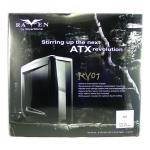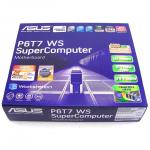
Modem stands for Modulator Demodulator. It converts digital signals to analogue so that it can travel via your telephone line, and vice-versa. A modem is an essential item if you are intending to connect your PC to the internet.
There are many kinds modems out there based on the Rockwell/Connexant v.90/v.92 chipset. There are two kinds of modem, software and hardware. Software modems uses your CPU resources to perform its tasks and is run on a virtual COM port. Hardware modem performs its tasks using the onboard chipset and therefore does not take up the CPU resources. It also runs on a physical COM i.e. communication port 3. Software modems, which are also known as winmodem can only run on a windows operating system, while the hardware based modem can run on other operating systems like linux. External modems are mostly hardware based and connect to the serial port. You can also get external modems that connect to the USB port, however most of these are software based.
Analogue modems are currently on the decline as they are being replaced by Digital modems which are used for high speed broadband internet. Also known as ADSL modem or ADSL routers. ADSL modems are mostly external although you can get Internal ADSL modem’s. Many people are also using Wireless ADSL routers as it offers an excellent way to share internet connections with multiple PCs. Some common ADSL Router suppliers are Netgear, Belkin and D-Link.
I have decided to use a Connexant 56K v.90 software modem for our demonstration PC as it performs quite well in terms of download.






















